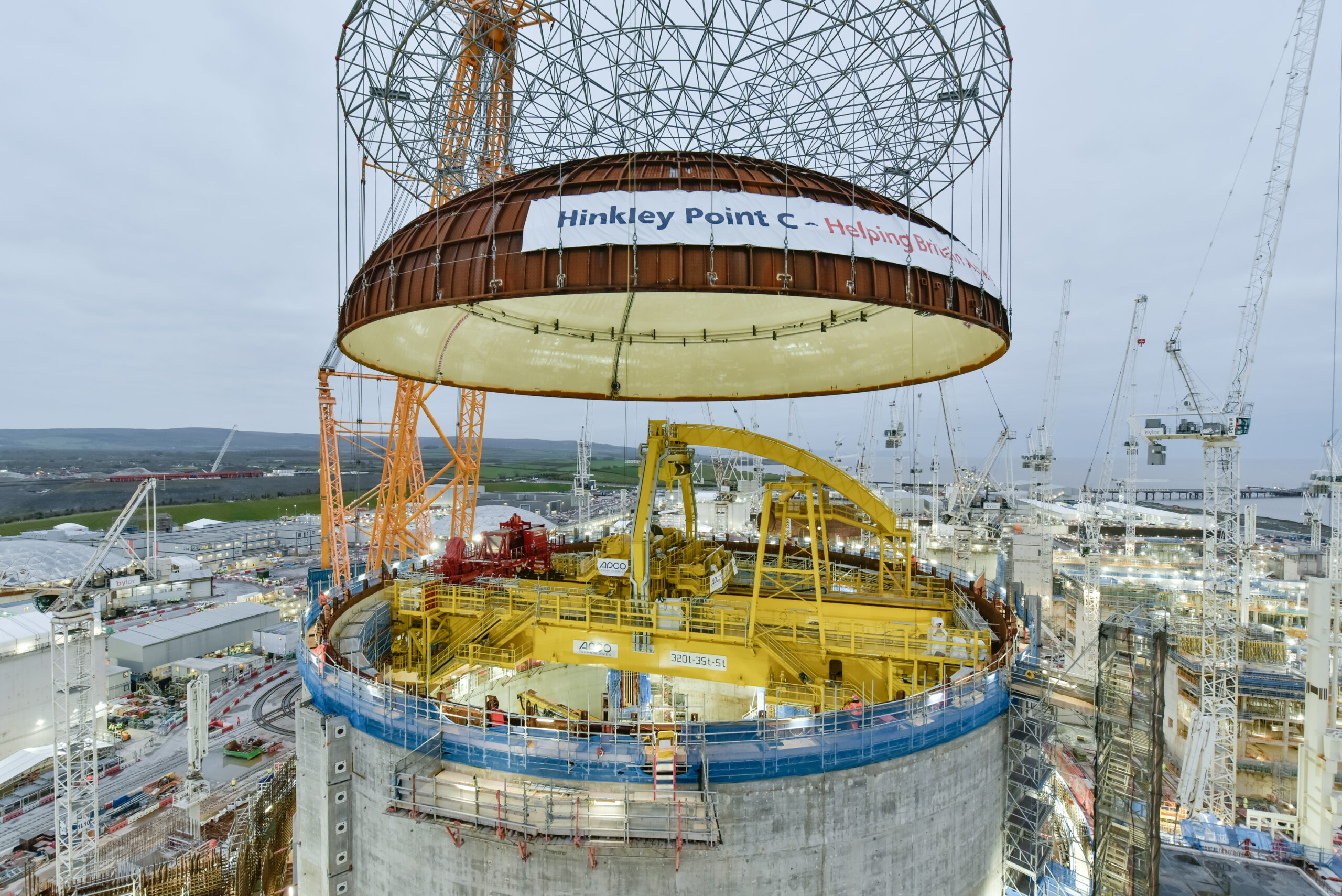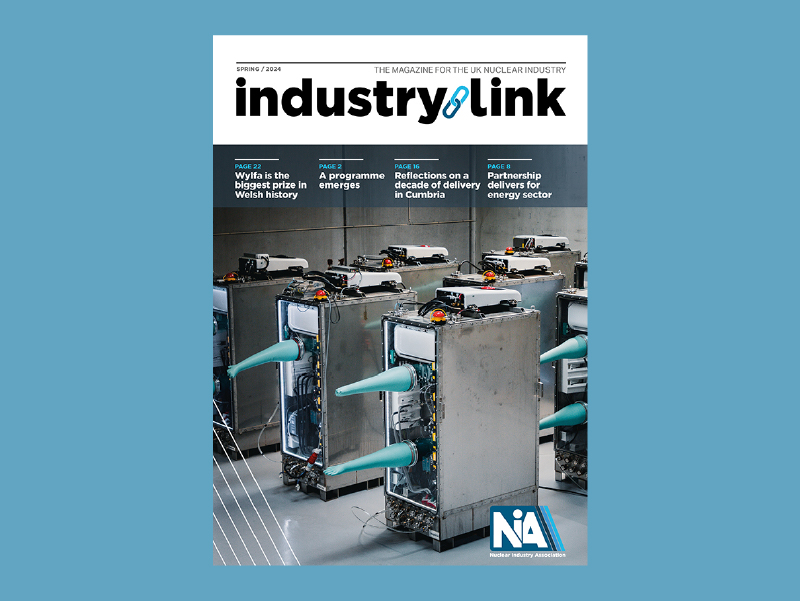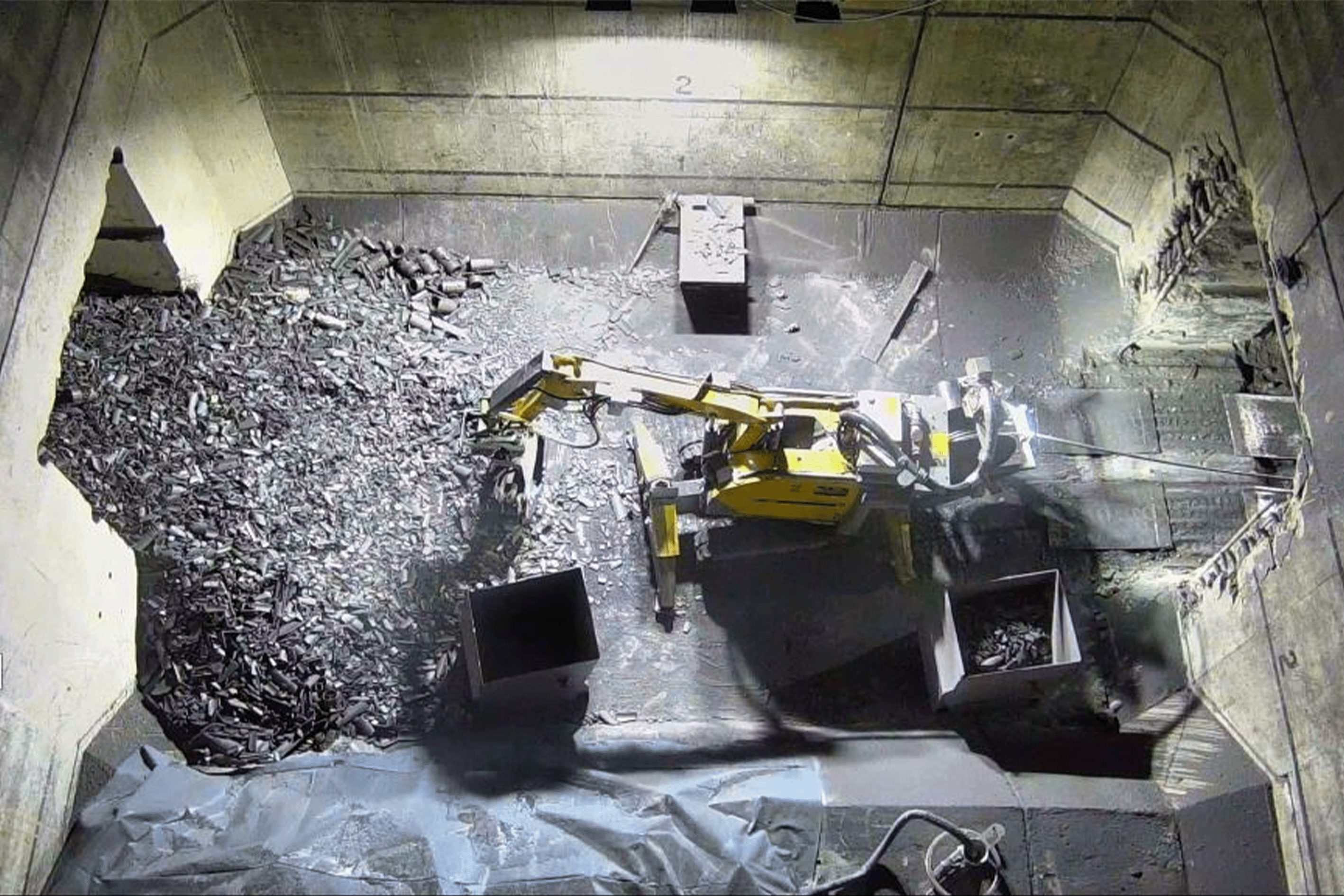The Nuclear Industry Association (NIA) welcomes the opportunity to respond to this consultation. The NIA is the trade association and representative body for the civil nuclear industry in the UK. We represent around 250 companies operating across all aspects of the nuclear sector.
The NIA has always supported the use of the Regulated Asset Basse (RAB) model to finance new nuclear projects. The successful passing of the Nuclear Energy (Financing) Act will enable the low-cost financing of projects such as Sizewell C and beyond. RAB financing would save consumers around £30bn on bills over the lifetime of each project, according to official BEIS estimates.
A large-scale nuclear project financed using RAB would add a small levy to bills of no more than a few pounds during the early phase of construction and less than £1 per month over the course of a project.
This is compared to the equivalent of £125 per year added to household bills as a result of balancing costs over the last 12 months. Having more firm power on the grid, like nuclear, would reduce balancing costs and avoid these excessive additional costs in a future system.
The income generated would allow project developers to finance the project at cheaper rates, which would substantially cut the ultimate cost to consumers and provide better value for money.
While we are not making a detailed response to the questions in this consultation, we would still like to highlight some decisions that we are in agreement with as an organisation, including:
- The duplication of the Contract for Difference (CfD) model as much of as possible to ensure simplicity
- The role of Ofgem as the RAB administrator as it does for other assets, such as water and other low-carbon technologies
- The adoption of the Energy Intensive Industries (EII) exemption
Finally, we would like to reinforce the need for a timely implementation of these measures for the deployment of Sizewell C. The successful commissioning of Sizewell C is essential to meeting the Government’s target of eight new nuclear reactors by 2030 and 24GW by 2050.
Concluding this legislation will also allow for more resource to be allocated within Government to open negotiations for the use of the RAB model for new nuclear projects beyond Sizewell C.











